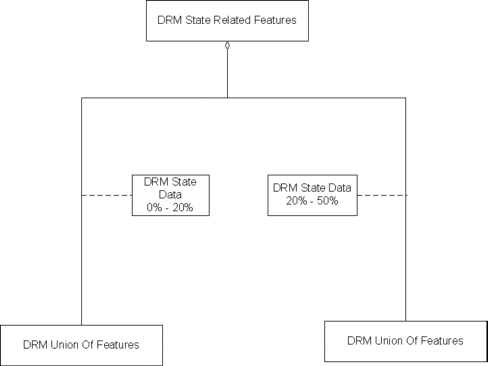Table 6.262 — DRM_State_Related_Features
|
Property |
Description |
|||||||||
|---|---|---|---|---|---|---|---|---|---|---|
|
Class |
|
|||||||||
|
Superclass |
||||||||||
|
Subclass |
|
|||||||||
|
Definition |
An instance of this DRM class specifies a mechanism for specifying discrete states from a possibly continuous state value. Each discrete state corresponds to a branch of the <DRM State Related Features> instance and is identified by the <DRM State Data> instance for that branch; the state value itself is given by the state_tag of the <DRM State Related Features> instance. The state_tag field specifies the state by which the component <DRM Feature Hierarchy> instances are being differentiated, and shall be an EAC that is designated as state applicable. The active_state_value field specifies the default state. If the given <DRM State Related Features> instance has a <DRM State Control Link> component, this field is the target of that <DRM State Control Link> instance. |
|||||||||
|
Clarifications |
1 An association between two <DRM Feature Representation> instances indicates that the environmental object(s) that they represent have the semantic relationship indicated by the <DRM Base Association Data> instance on the association relationship. 2 An association between a <DRM Geometry Hierarchy> instance and a <DRM Feature Representation> instance indicates that the environmental object(s) that they represent have the semantic relationship indicated by the <DRM Base Association Data> instance on the association relationship. 3 An association between a <DRM Property Grid> instance and a <DRM Feature Representation> instance indicates that the environmental object(s) represented by the <DRM Feature Representation> instance and the <DRM Property Grid> instance (or some specific cell data within that <DRM Property Grid> instance) have the semantic relationship indicated by the <DRM Base Association Data> instance on the association relationship. Each associated <DRM Property Grid> instance will indicate whether the entire <DRM Property Grid> instance or only some specific cell data within it is participating in the relationship in question. 4 An association between two <DRM Feature Representation> instances indicates that the environmental object(s) that they represent have the semantic relationship indicated by the <DRM Base Association Data> instance on the association relationship. 5 An association between a <DRM Geometry Hierarchy> instance and a <DRM Feature Representation> instance indicates that the environmental object(s) that they represent have the semantic relationship indicated by the <DRM Base Association Data> instance on the association relationship. 6 An association between a <DRM Property Grid> instance and a <DRM Feature Representation> instance indicates that the environmental object(s) represented by the <DRM Feature Representation> instance and the <DRM Property Grid> instance (or some specific cell data within that <DRM Property Grid> instance) have the semantic relationship indicated by the <DRM Base Association Data> instance on the association relationship. Each associated <DRM Property Grid> instance will indicate whether the entire <DRM Property Grid> instance or only some specific cell data within it is participating in the relationship in question. 7 This relationship exists to support attributes for derived objects. That is, these components are used only to specify texture mapping information for geometry that is to be derived from the <DRM Aggregate Feature> by the consumer. These <DRM Image Mapping Function> instances shall use <DRM Image Anchor> components to specify the mapping. 8 This is needed for cases in which an <DRM Aggregate Feature> is significant only for a particular domain, such as radar. |
|||||||||
|
Class diagram |
||||||||||
|
Inherited field elements |
|
|||||||||
|
Field elements |
|
|||||||||
Associated to (one-way) (inherited) |
|
|||||||||
Associated to (one-way) |
|
|||||||||
Associated by (one-way) (inherited) |
|
|||||||||
Associated by (one-way) |
|
|||||||||
Associated with (two-way) (inherited) |
|
|||||||||
Associated with (two-way) |
|
|||||||||
Composed of (two-way) (inherited) |
|
|||||||||
Composed of (two-way) |
|
|||||||||
Composed of (two-way metadata) (inherited) |
|
|||||||||
Composed of (two-way metadata) |
|
|||||||||
Component of (two-way) (inherited) |
|
|||||||||
Component of (two-way) |
|
|||||||||
|
Constraints |
||||||||||
|
Example(s) |
|
